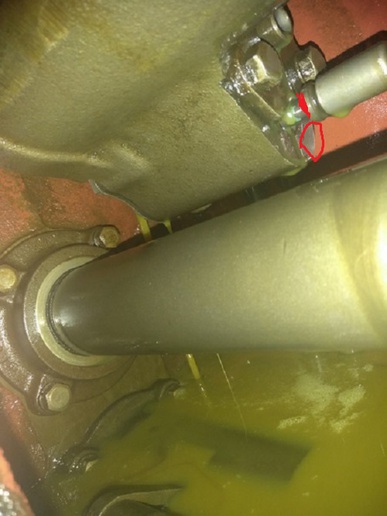Does anybody understand the pro's and con's of these? Nearest I can figure the 4 has a little more emissions on it than the 3.
I'm thinking replacing an older tractor with a new 40-50 hp. tractor. I know some dealers have some new 3 tier tractors left that they claim will be better than the new tier 4 engines.
I just looked up my 2012 30 hp tractor and see that meet the criteria for a tier 4. They said on the small engines they just had to make a few adjustments. Although that tractor seems to use more fuel than it 30hp predecessor.
On the Farm Show this morning John Phipps said their new tier 4 large tractors were more economical than their older tractors.
I'm just trying to decide which way to go if I decide to make the move.
I'm thinking replacing an older tractor with a new 40-50 hp. tractor. I know some dealers have some new 3 tier tractors left that they claim will be better than the new tier 4 engines.
I just looked up my 2012 30 hp tractor and see that meet the criteria for a tier 4. They said on the small engines they just had to make a few adjustments. Although that tractor seems to use more fuel than it 30hp predecessor.
On the Farm Show this morning John Phipps said their new tier 4 large tractors were more economical than their older tractors.
I'm just trying to decide which way to go if I decide to make the move.



